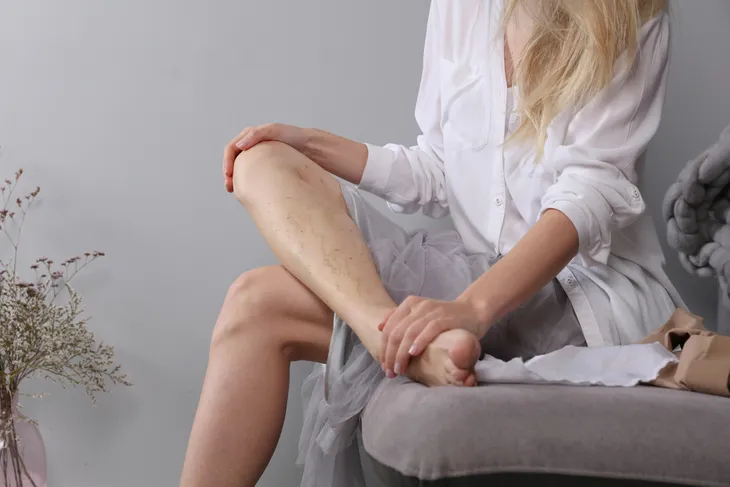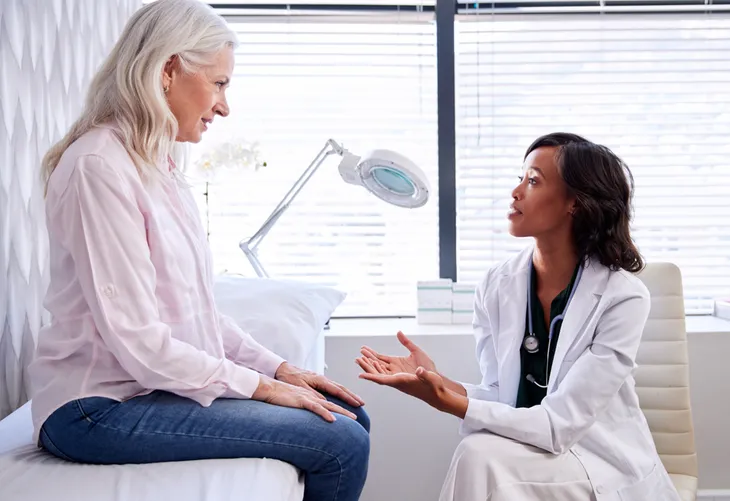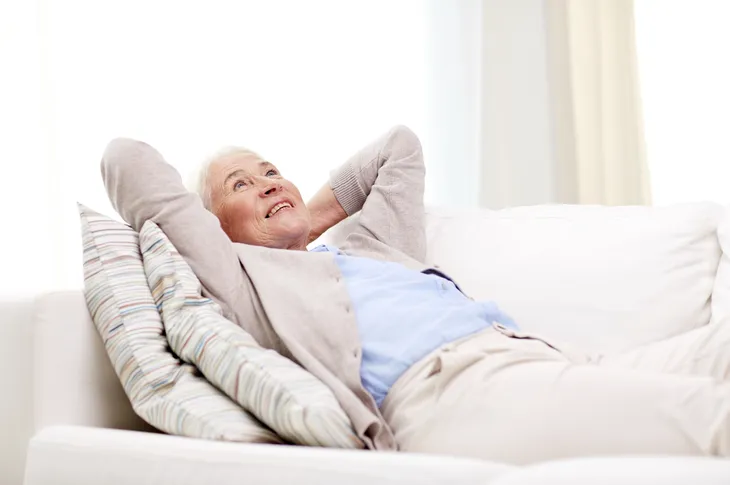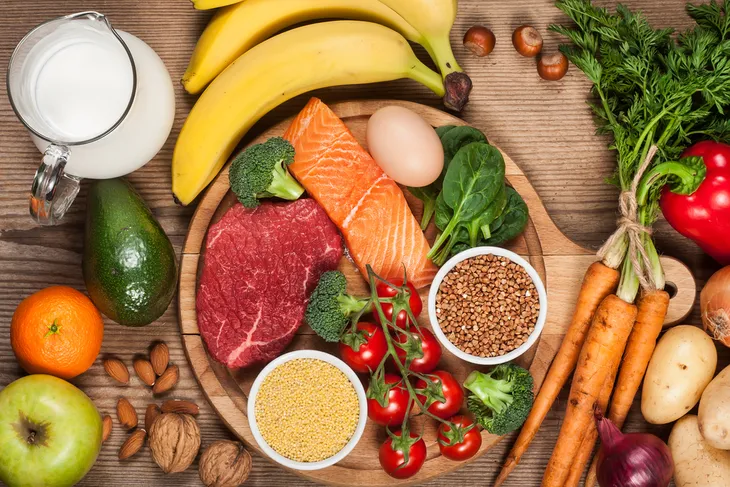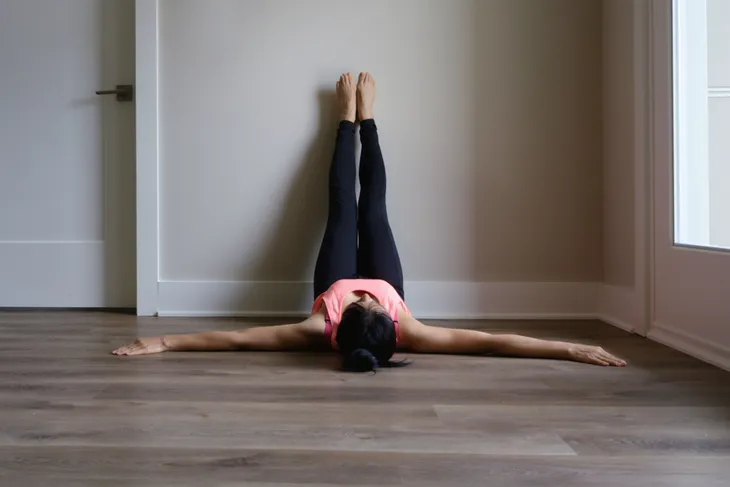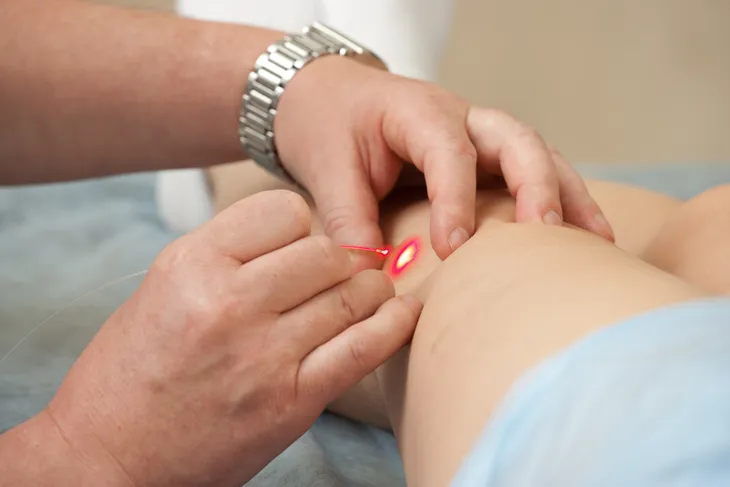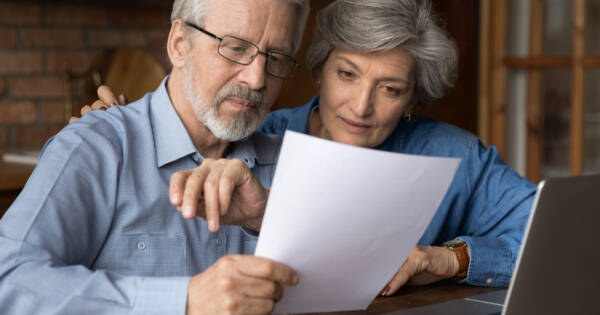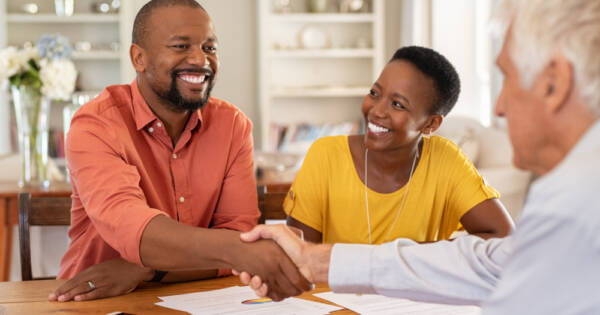Varicose veins occur when your veins don’t function as they should. Healthline explains, “Veins have one-way valves that prevent blood from flowing backward. When these valves fail, blood begins to collect in the veins rather than continuing toward your heart.” When this happens your veins will enlarge causing the appearance of varicose veins.
If you have varicose veins, know you’re not alone! They are four times more likely to occur in women than men and they affect one out of two people over the age of 50. The good news is there are ways you can manage them and prevent them from getting worse. Follow along as we explore ways to prevent and manage varicose veins.
Want senior content delivered straight to your inbox? Sign up for our exclusive email list and receive articles and news on diet & nutrition, fitness, and mental health dedicated specifically to our senior audience!
Causes and Symptoms of Varicose Veins
Varicose veins most often affect the legs. This is because the veins in your legs are the furthest from your heart and gravity makes it more difficult for the blood to flow upward. Varicose veins can be caused by family history but they can also be caused by obesity, menopause, and by being over the age of 50. Finally, standing for long periods of time can also cause varicose veins.
The most common symptoms of varicose veins are very visible, misshapen veins. Some people also experience pain, heaviness, swelling, and achiness around the enlarged veins. In severe cases, ulcers can form if the veins bleed significantly.
Diagnosing Varicose Veins
When diagnosing varicose veins, your doctor will perform a physical exam. Your doctor will most likely ask you to describe any aches or pains if you are experiencing any at all and they will also look for any swelling.
Some people may also need an ultrasound test. This test is used to ensure the valves in your veins are functioning properly and to determine if there is any indication of a blood clot in your leg. The good news is this test is noninvasive.
While you can’t change your family history or age there are a few healthy habits you can follow to help prevent and manage varicose veins. Let’s explore this next.
Avoid Prolonged Standing and Sitting
If you spend a lot of time sitting or standing and you want to prevent varicose veins, then it’s time to make some changes. When you sit or stand for prolonged times, this can cause pressure in your veins to rise. Over time, blood can pool around your lower legs, ankles, and calves. This can cause them to become swollen and achy.
The best way to prevent this is to move around regularly. This will alleviate some of the pressure and improve blood circulation. If you sit for prolonged times, simply get up and move around periodically. You may also find it helpful to stretch your ankles, peddle your feet, and bend your knees.
Wear Compression Stockings
Another great way to prevent and manage varicose veins is to wear compression socks and stockings. They help keep your vein valves in the right position which keeps your blood flowing properly, and helps prevent swelling and pain.
Keep in mind, there are different types of compression levels available such as mild, moderate, firm, and extra firm. It would be best to speak with your doctor to determine which level of compression you require.
Eat a Healthy Diet
Managing your weight is vital if you want to help prevent varicose veins. This is because being overweight can put added pressure on the veins in your legs which in turn, restricts blood flow. Keep in mind, if you already have varicose veins, losing weight won’t completely get rid of them but will help ease the pressure and may even reduce pain and swelling in your legs.
One of the best ways to manage your weight is to ensure you’re eating a healthy, well-balanced diet. Try your best to avoid processed foods and foods high in salt. Drink more water throughout the day because hydration promotes healthy blood circulation. Finally, your diet should include foods high in fiber and potassium and ensure you’re getting enough protein and healthy fats.
We also recommend that you speak with your doctor and/or a dietician to determine which dietary changes you need to make.
Stay Active
There are plenty of benefits of regular exercise for seniors and one of them is preventing varicose veins from developing! That said, if you already have them, exercise can also help ease your symptoms and prevent them from progressing. As a bonus, staying active helps you manage your weight too.
Healthline states, “The most beneficial exercise to prevent varicose veins is walking.” Other beneficial exercises include swimming and cycling. Yoga is also a great option as there are plenty of poses that can help stretch your leg muscles. Check out these easy yoga exercises for seniors!
Ditch The High Heels
If you have varicose veins or want to prevent them from developing it’s time to ditch the high heels. Or at the very least limit the amount of time you’re wearing them. When wearing high heels, your calf muscles are contracted which prevents the muscle from pumping blood through your veins properly. This can cause blood to pool in your veins.
Instead of high heels, it would be best to wear flat shoes that offer proper support for your foot and ankle. Wearing the right footwear will help ease the pressure on your veins and promote good blood circulation.
Schedule Regular Massages
In case you need another reason to schedule regular massages, going for a massage can actually help varicose veins. While massages won’t make them go away, it can help alleviate some of the symptoms like pain and swelling.
A gentle massage can help increase blood circulation in your legs. That said, it’s important not to press too hard on the veins as this can damage fragile tissues. Speak to your doctor to be referred to a trained specialist.
Put Your Feet Up
A great way to manage varicose veins especially if you stand for prolonged times is to elevate your legs. Keeping your legs elevated either at or above heart level will help promote blood flow. It can also help ease aches and pains as well as a swelling caused by varicose veins.
Try your best to put your feet up several times per day for at least 15 minutes at a time. You can kick back and relax on the sofa with your feet up on the coffee table. You can also lie on the floor or your bed and elevate your legs with your feet on the wall to bring them above heart level. These best practices will improve blood flow back to the heart.
Laser Treatment
If your varicose veins are causing severe pain, blood clots, or skin problems your doctor may recommend laser treatment. Laser treatment works by zapping the vein with bursts of high-intensity light. This will close off the vein which then causes the blood flow to shift to other veins. Once the vein is closed it’ll simply fade away.
The good news is this type of treatment doesn’t require any incisions or needles. However, laser treatment is mostly used for smaller varicose veins. Larger or more serious cases may require surgery.

